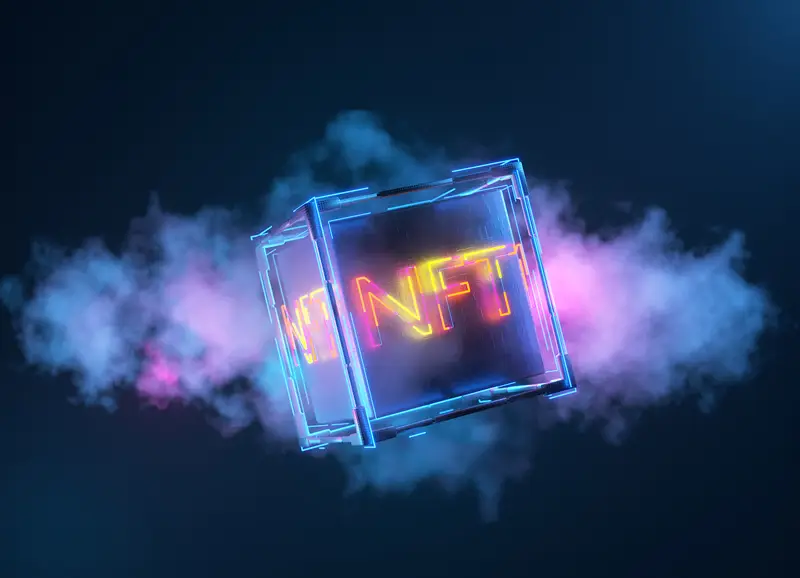What is a trademark? A trademark is a source-identifier. A trademark can be any word, phrase, symbol, design, or combination of the foregoing that identifies the source of certain goods or services. Not all words are capable of functioning as trademarks. For example, generic terms can never function as trademarks. A generic term is a common term that identifies the good or service itself, rather than identifying the source of the good or service. For example, the term Apple can never be used as a trademark for apples (though it can be used as a trademark for computers).
Descriptive terms are different from generic terms and are capable of functioning as trademarks. A descriptive term immediately conveys knowledge of an ingredient, quality, characteristic, function, feature, purpose, or use of the goods or services. Examples of descriptive terms include APPLE PIE for potpourri and BED & BREAKFAST REGISTRY for lodging reservation services. See In re Gyulay, 820 F.2d 1216, 3 USPQ2d 1009 (Fed. Cir. 1987); In re Bed & Breakfast Registry, 791 F.2d 157, 229 USPQ 818 (Fed. Cir. 1986).
It is relatively common for business owners to use descriptive terms as part of their branding strategy. While a descriptive term is capable of functioning as a trademark, such terms are weak trademarks. A descriptive term is only capable of functioning as a trademark upon a showing that the term is recognized by consumers as an indicator of the source or origin of the goods or services, which is referred to in legal jargon as a showing of “acquired secondary meaning” or “acquired distinctiveness” under Section 2(f) of the Lanham Act.
Evidence showing proof of acquired secondary meaning under Section 2(f) tends to show that extensive use and promotion of the trademark has resulted in consumers directly associating the trademark with the source of goods or services. Evidence typically used to show proof of acquired secondary meaning includes advertising and promotional materials that depict the trademark in use as a source-identifier; expenditures devoted to promoting and advertising goods or services under the trademark; amount of sales and number of customers; association of the trademark with a particular source by actual purchasers and third-party media; length, degree, and exclusivity of use of the mark; intentional copying; and other evidence that shows consumer recognition of the trademark as a source-identifier for the goods or services. The amount and character of the evidence required to establish acquired secondary meaning is case specific and can vary depending on the nature of the trademark (e.g., a more descriptive mark may face a higher evidentiary burden). See In re Gen. Mills IP Holdings II, LLC, 124 USPQ2d 1016, 1018 (TTAB 2017).
A showing of substantially exclusive long-term use of the trademark can be helpful, though not dispositive, to proving acquired secondary meaning. In particular, proof of substantially exclusive use of the trademark in U.S. commerce for five years or more constitutes prima facie evidence of acquired secondary meaning.
If you cannot yet prove acquired secondary meaning, for example, if you have not been using your trademark for a long time and have not yet developed consumer recognition of your brand, you can still achieve trademark registration on the Supplemental Register. While the Supplemental Register does not afford all of the same benefits as the Principal Register, it can still be beneficial in protecting your brand. For example, you can use the registration symbol ®, prevent other similar marks from achieving registration on either Register, and collect relief or damages in a successful infringement lawsuit. And after five years of substantially exclusive use of the trademark, you can achieve registration on the Principal Register. Of note, the Supplemental Register is not available if you are not yet using the mark in commerce (e.g., if you file a 1(b) Intent-to-Use application as opposed to a 1(a) Use-in-Commerce application).
If you want to use a descriptive term as a trademark, as many companies often do, it is prudent to save the evidence discussed above in to your records as you come across it (e.g., media or consumer mentions of your trademark as an indicator of the source of your goods or services). Then, when the time comes, you will be prepared to present such evidence to the U.S. Patent and Trademark Office as proof of acquired secondary meaning.




